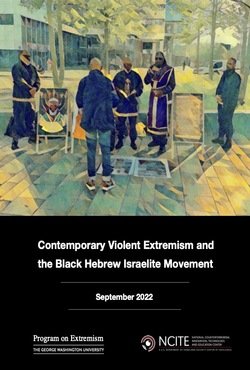By Andrew Blum
The core goal of this report is to explore how “democracy can provide the antidote” to political violence within the United States. In the last several years, we have seen extremist attacks, a surge in hate crimes, protests by heavily armed militias, and vicious acts of brutality by law enforcement. Violence and the threat of violence are harming communities throughout the U.S. and undermining our democracy
At the same time, hard-won experience from communities within the United States and around the world has revealed concrete strategies that can be used to prevent, respond to, and recover from political violence. Political violence imposes real costs, but it also drives communities to create real solutions. Many of those solutions were on display during the 2020 election, which contributed to creating a largely peaceful election. The polarization and violent rhetoric on display during the election, however, also makes clear that we have work to do moving forward. Now is time to start that work. Now more than ever people understand the risk of political violence and the urgent need to invest in efforts to prevent it. Our goal must be to leverage that awareness and that energy into creating longer-term, sustainable, democracy-strengthening solutions to prevent political violence in the United States. This paper thus focuses on two basic questions: • Why should we care about political violence? What are the human and economic impacts of political violence? After the headlines cease and attention fades, what are the real costs of political violence to communities? • What can communities do about political violence? What are the community-centered strategies that address political violence? What does the evidence say about which strategies are most effective? How do we build communities that are resilient to various forms of political violence? We pose these questions primarily to funders. Democracy Fund has commissioned this research to inform the community of funders to which it belongs— funders committed to strengthening democracy within the United States
Washington, DC: Democracy Fund, 2021. 40p.









